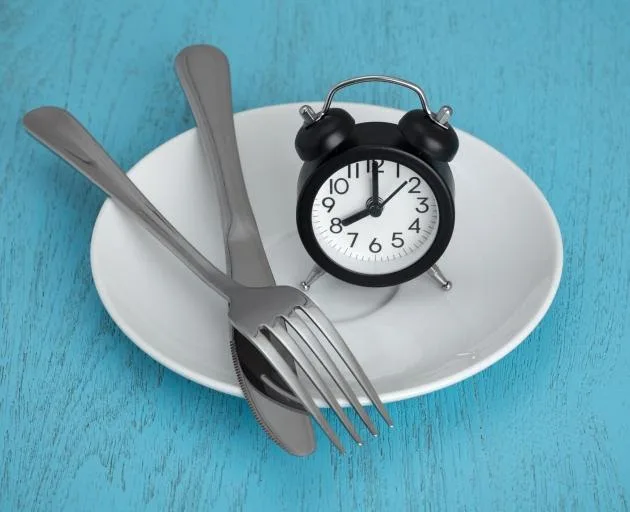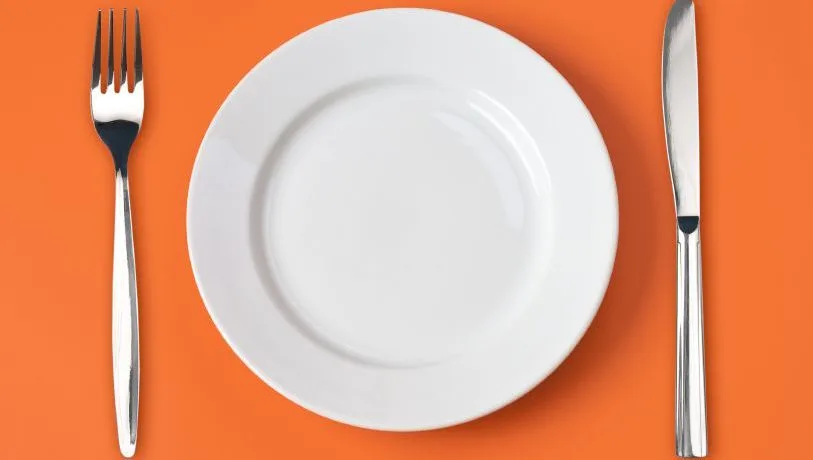Intermittent fasting has exploded in popularity over the last few years. It seems like everyone from celebrities to your next-door neighbor are hopping on the IF bandwagon to improve their health and shed excess weight. As a long-time fitness buff myself, I was initially skeptical of fasting. Could it really be that easy? But after digging into the science behind intermittent fasting, I was blown away by its many benefits. In this post, I’ll walk you through how intermittent fasting works its magic so you can determine if it’s right for your weight loss journey.

Introduction
So what exactly is intermittent fasting (IF)? It’s not really a “diet” per se, but more an eating pattern that cycles between periods of fasting and eating. It tells you when to eat, not what to eat. By restricting your eating window, you reduce calories without suffering through tiny portions. And the best part? It’s surprisingly sustainable!
With various IF approaches to choose from, you can tailor intermittent fasting to fit your lifestyle. Methods range from daily 16-hour fasts to fasting just twice a week. I’ll outline the most popular protocols later in this article.
While weight loss often kicks off people’s fasting journeys, the benefits extend far beyond dropping pounds. A mountain of research now correlates intermittent fasting with improved metabolism, blood sugar control, brain function, and longevity. Pretty awesome, right?
In this guide, we’ll explore:
- The science behind why intermittent fasting actually works
- How to implement intermittent fasting into your routine
- Tips to maximize weight loss results
Let’s get you fasting like a pro!
The Science of Intermittent Fasting
I’m a science nerd at heart, so understanding the biology behind intermittent fasting was key for me. Let’s break down what’s happening inside your body when fasting.
What is Intermittent Fasting?
As mentioned earlier, intermittent fasting is cycling between fasting periods and times when food is allowed. Here are some of the most popular ways to do intermittent fasting:
- 16/8 fasting: Fast for 16 hours a day, eat within an 8 hour window. This is my personal favorite!
- 5:2 diet: Eat normally 5 days a week, then limit calories to 500-600 for 2 days.
- Alternate day fasting: Fast every other day. For example, eat Sunday, fast Monday, eat Tuesday, etc.
- One meal a day (OMAD): Cram all your calories into one meal each day. Challenging but effective.
No matter the method, you’ll be fasting consistently and tapping into fat burning mode. More on that next!
The Physiology of Fasting
When you fast, biochemical changes occur that promote weight loss. Here are some of the top ones:
Hormone regulation
Fasting impacts key hormones:
- Insulin drops, allowing your fat cells to release stored fat to be burned as fuel. Neat!
- Ghrelin, also known as the hunger hormone, decreases during fasting periods. Say goodbye to those pesky hunger pangs.
- Growth hormone increases, which helps utilize fat for energy.
Metabolic flexibility
Consistent fasting trains your body to switch back and forth between burning glucose (carbs) and fatty acids (fat). Like a metabolic magic trick!
Cellular cleanup
Fasting triggers a process called autophagy, where cells recycle waste material and damaged components. It’s like a cellular cleanse for anti-aging.
Benefits Beyond Weight Loss
Losing those love handles is great, but intermittent fasting offers additional perks:
- Insulin sensitivity skyrockets, promoting healthy blood sugar levels.
- Heart health improves through better cholesterol numbers, blood pressure levels, and more.
- Brain function gets a boost, including growth of new brain cells.
- Anti-aging through autophagy, your cells regenerate, protecting against aging and disease.
- Disease prevention as fasting reduces inflammation and counters oxidative stress.

Implementing Intermittent Fasting
Alright, enough science – let’s talk logistics! Here are some key strategies for seamlessly working intermittent fasting into your lifestyle:
Pick Your Protocol
With flexibility in mind, choose a method that works best with your schedule and goals, like:
- 16/8 or 5:2 for beginners starting out
- Alternate day for longer fasts with moderate frequency
- OMAD if you want more intense, daily fasting periods
Listen to your body and be willing to modify your plan as needed. Small consistent steps get you there!
Time Your Meals
Determine your ideal eating window for each day based on your obligations. I prefer early afternoon to evening meals so I can fast in the mornings. Do what works for your lifestyle!
Use a fasting tracker app to follow your hours. Consistency is key for adapting metabolically.
Nutrition Matters
While you can eat whatever within your windows, fueling your body with nutritious whole foods helps optimize the benefits of fasting. My top nutrition tips:
- Choose lean proteins, healthy fats, high-fiber carbs and veggies
- Hydrate frequently with water, unsweetened tea, or black coffee (my faves!)
- Take a multivitamin to cover any nutritional bases
- Limit added sugars and refined carbs which can spike blood sugar
Don’t Make These Mistakes
As you venture into intermittent fasting, steer clear of these common pitfalls:
- Binge eating once your fast ends – be mindful during your window
- Breaking a fast too early because you feel a grumble in your tummy
- Eating junk foods or drinking liquid calories during fasts
- Skipping sleep – so important for hungry hormone regulation!
- Ignoring signs of low blood sugar like dizziness – listen to your body
Stick with it through the adjustment period. Stay consistent and be patient with yourself.

Intermittent Fasting for Weight Loss
Alright, let’s get to the juicy stuff – how intermittent fasting ignites fat loss!
The Mechanism Explained
By restricting your eating window each day, you reduce calories and tap into fat burning. Here’s a play-by-play:
- No calorie intake during the fast forces your body to pull from its fat stores.
- Hunger and ghrelin are blunted during fasting periods.
- Your body adapts hormonally to burn fat more efficiently for fuel.
It takes some metabolic magic, but sticking to a consistent fasting routine lets your body burn fat like a furnace!
Tips to Maximize Fat Loss
To ramp up your intermittent fasting weight loss results, here are my top suggestions:
- Gradually extend your overnight fasting period to 16-18 hours
- Keep your eating window the same each day, I shoot for 6 hours max
- Continue your usual exercise routine to burn extra calories
- Stay hydrated with zero calorie drinks only when fasting
- Avoid caloric beverages like juice, soda, or alcohol during fasting periods
- Monitor your progress weekly – I love using my smart scale
- Have patience! Your body needs time to adapt to burning fat efficiently

Start Your Fasting Journey
I hope this intermittent fasting crash course piques your interest in time-restricted eating! It still amazes me how, when done consistently, simply controlling when you eat can lead to transformative weight loss and improved health.
By starting slowly, tailoring an IF schedule that suits your lifestyle, and sticking with it through the adjustment period, you can reap all the science-backed benefits. Shedding those stubborn pounds will suddenly seem very doable.
Feel free to subscribe below for more intermittent fasting and weight loss tips. I also invite you to explore other articles right here that dive deeper into living a healthy, balanced lifestyle.
Thanks for reading! I appreciate you taking the time to learn about intermittent fasting. Wishing you tremendous success as you begin your fasting and weight loss journey!
Thank you for reading this post, don't forget to subscribe to our free newsletter
!
